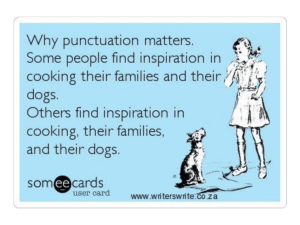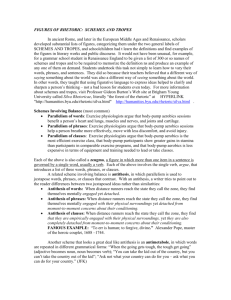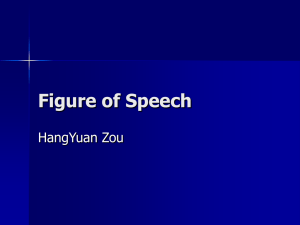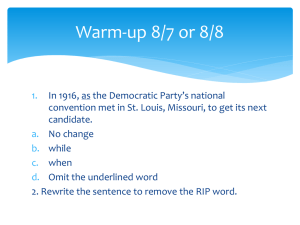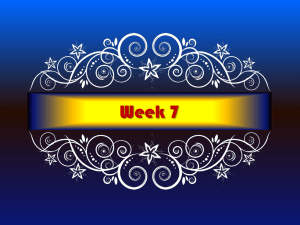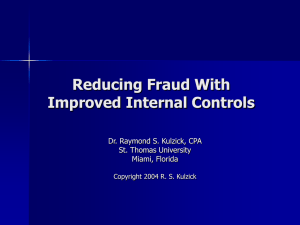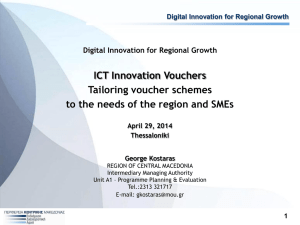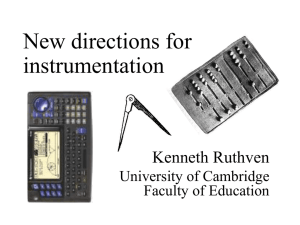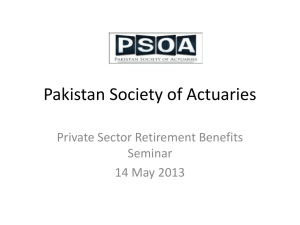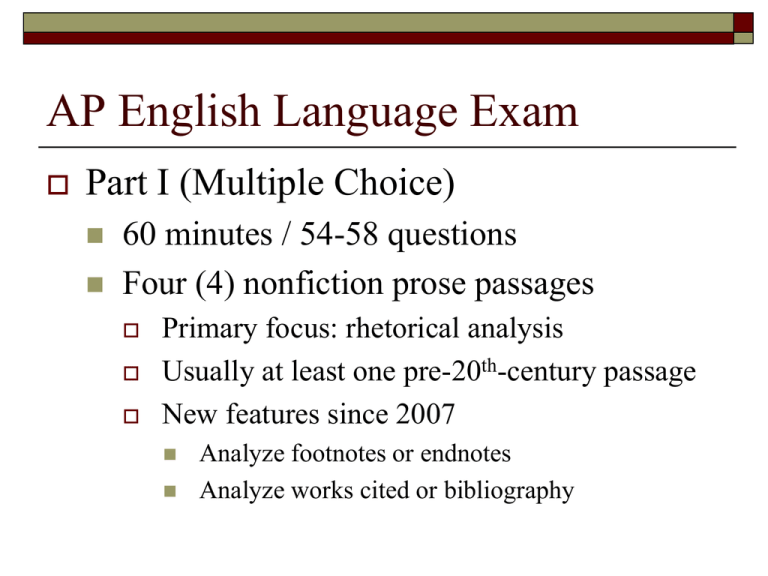
AP English Language Exam
Part I (Multiple Choice)
60 minutes / 54-58 questions
Four (4) nonfiction prose passages
Primary focus: rhetorical analysis
Usually at least one pre-20th-century passage
New features since 2007
Analyze footnotes or endnotes
Analyze works cited or bibliography
AP English Language Exam
Part II (Free Response)
Three (3) writing prompts / 120 minutes
Synthesis essay
Two additional questions
Rhetorical analysis
No more pure style analysis (diction, imagery,
tone, syntax)
Argument
AP English Language Exam
Synthesis Essay
Mandatory 15-minute reading/study period
Can examine all questions
Writing booklet must remain sealed
4-7 sources, including one visual text
Quantitative data (charts, tables, graphs)
Advertisements
Political cartoons
Fine art
Photographs
AP English Language Exam
Synthesis Essay
Revolves around an issue of modern public
discourse, suitable for an informed citizenry
Reference at least 3 sources as evidence
Students need to demonstrate original thought.
More sources does not guarantee a higher score.
Fewer sources will lower score.
Not all synthesis questions will require an
argument.
Incorporate direct and indirect quotations
AP English Language:
Schemes and Tropes
(Figures of Speech)
Teri Marshall, Ph.D.
Adapted by Bob Schmidt
Scheme
Any artful deviation from the typical
arrangement of words in a sentence.
“He was a preposterously pompous proponent of
precious pedantry.” -Alliteration
Trope
Any artful deviation from the typical or expected
way a word or idea is expressed.
“He was as busy as a bee.” -Simile
Schemes
Parallelism-similarity of structure in a pair or series
of related words, phrases, or clauses.
…for the support of this declaration, with a firm
reliance on the protection of Divine Providence, we
mutually pledge to each other our Lives, our
Fortunes, and our Sacred Honor. –The Declaration
of Independence
Schemes
Isocolon-parallelism in length (no. of words),
syllables, and structure.
His purpose was to impress the ignorant, to perplex the
dubious, and to confound the scrupulous.
Schemes
Antithesis-juxtaposition of contrasting ideas, often in
parallel structure.
That’s one small step for man, one giant leap for
mankind. -Neil Armstrong, July 20, 1969
Schemes
Zeugma-more than one item in a sentence is
governed by a single word, usually a verb.
Exercise physiologists argue that body-pump
aerobics sessions benefit a person’s heart and
lungs, muscles and nerves, and joints and
cartilage. (words)
Schemes
Anastrophe-inversion of the natural or usual
word order.
The emotional isolation, the preoccupation with
God and themselves, the struggles for
freedom, which seem to have possessed many
of my friends at the same age, I know almost
nothing of. –C.P. Snow, The Search
Schemes
Parenthesis-insertion of some verbal unit in a
position that interrupts the normal syntactical
flow of the sentence.
There is even, and it is the achievement of this
book, a curious sense of happiness running
through its paragraphs –Norman Mailer
Schemes
Ellipsis-deliberate omission of a word or of
words that are readily implied by the context.
Kant, we may suppose, was more startled, by
Hume’s apparent destruction of all basis for
philosophical certainty; Reid, by the remoter
consequences to morality and theology- Sir
Leslie Stephen
Schemes
Asyndeton-deliberate omissions of
conjunctions between a series of related
clauses (or single words or phrases).
…and that government of the people, by the
people, for the people, shall not perish from
the earth –Abraham Lincoln
Schemes
Polysyndeton-opposite of asyndeton—the
deliberate use of conjunctions.
And God said…And it was so…And God
made… -Genesis 1, 24-25
Schemes
Alliteration-repetition of initial or medial
consonants or any vowel sounds in successive
or closely associated syllables, especially
stressed syllables.
Progress is not proclamation nor palaver. It is
not pretense nor play on prejudice. –Warren
G. Harding
Schemes
Anaphora-repetition of the same word or
group of words at the beginning of successive
clauses.
Persons attempting to find a motive in this
narrative will be prosecuted; persons
attempting to find a moral in it will be
banished; persons attempting to find a plot in
it will be shot. –Mark Twain
Schemes
Epistrophe-repetition of the same word or
group of words at the ends of successive
clauses.
To the good American many subjects are sacred:
sex is sacred, business is sacred, America is
sacred… -George Santayana
Schemes
Anadiplosis-repetition of the last word of one
clause at the beginning of the following
clause.
Labor and care are rewarded with success,
success produces confidence, confidence
relaxes industry… -Samuel Johnson
Schemes
Antimetabole-repetition of words, in
successive clauses, in reverse grammatical
order.
Ask not what your country can do for you; ask
what you can do for your country. –John F.
Kennedy
Schemes
Chiasmus-reversal of grammatical structures
in successive phrases or clauses.
By day the frolic, and the dance by night. –
Samuel Johnson
Schemes
Erotema (rhetorical question)-asking a
question, not for the purpose of eliciting an
answer but for the purpose of asserting or
denying something obliquely
Wasn’t that a great win by the Packers last
night? –Mr. Schmidt
Schemes
Hypophora-asking a question and
immediately answering it.
Who taught me to curl myself inside a buttercup?
Iolanthe! Who taught me to swing upon a
cobweb? Iolanthe! –Gilbert and Sullivan
Schemes
Epiplexis-asking a question in order to
reproach or upbraid, rather than to elicit
information.
In the name of heaven, Catiline, how long do
you propose to exploit our patience? -Cicero
Tropes
Metaphor-comparison of two persons, places,
things, or ideas usually using “is.”
Debt is a bottomless sea. http://rhetorica.net/tropes.htm
Tropes
Simile-comparison of two persons, places,
things, or ideas using “like” or “as.”
Tom is as stubborn as a rock.
Tropes
Synecdoche-a part standing for the whole, or
vice-versa.
That’s a great new set of wheels you have!
Tropes
Metonymy-substituting an associated word or
group of words for one that is meant.
Legal Eagles
Top Dog
Brass
Tropes
Hyperbole-use of exaggeration for effect—
not to be taken literally.
I’ve told you a million times not to do that!
Tropes
Personification-the use of human qualities or
abilities for inanimate objects or abstractions.
And indeed there will be time
For the yellow smoke that slides along the
street,
Rubbing its back upon the window panes.
-T.S. Eliot
Tropes
Litotes-a deliberate understatement for effect.
Not bad (an excellent performance)
I guess they like each other (upon seeing a
couple kissing romantically)
Tropes
Irony-use of a word or phrase to mean the
opposite of its literal meaning.
I just love cleaning my room.
Tropes
Oxymoron-connecting two contradictory
terms together (meanings in tension with or
opposite to their literal meanings)
deafening silence
virtual reality
pretty ugly
military intelligence
Tropes
Paradox-a statement seemingly contradictory
but perhaps true.
The swiftest traveler is he that goes afoot. –
Henry David Thoreau
Parting is such sweet sorrow –Shakespeare
Thinking Argumentatively
Issue
Claim
Evidence
Argumentative Scheme (Toulmin)
Claim (controversial or debatable)
Data and Reasons
Personal experience
Anecdotes
Facts
Authorities
Warrant (underlying principle)
Argumentative Scheme (Toulmin)
Evidence
Backing (warrant)
Grounds (claim)
Qualifiers
Conditions of Rebuttal
Refutation
Concession
Basic Argumentative Scheme
Issue
Claim
Evidence
Rebuttal
Refutation
Concession
Argument Timed Essays: Tasks
Take a position on an issue
Defend, challenge, qualify a position
Propose a solution or compromise
Identify most compelling or persuasive
Evaluate effectiveness
Evaluate validity
Evaluate pros/cons of an issue
Synthesis
“Synthesis refers to combining the
sources and the writer’s position to form
a cohesive, supported argument and
accurately citing all sources.”
Sample Scoring Guidelines for the Synthesis Essay, The College Board,
apcentral.collegeboard.com, 2006

